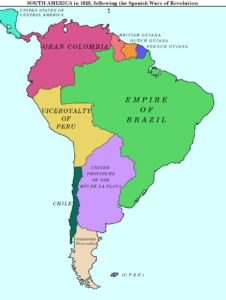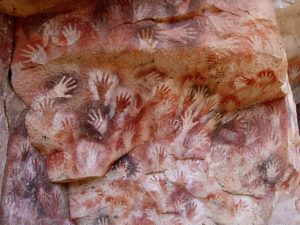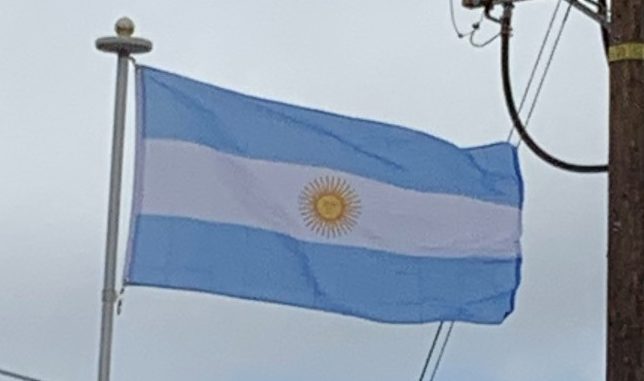In English the name “Argentina” comes from the Spanish language, however the naming itself is not Spanish, but Italian. Argentina (masculine argentino) means in Italian “(made) of silver, silver coloured”, probably borrowed from the Old French adjective argentine “(made) of silver” > “silver coloured” already mentioned in the 12th century. The French word argentine is the feminine form of argentin and derives from argent “silver” with the suffix -in (same construction as Old French acerin “(made) of steel”, from acier “steel” + -in or sapin “(made) of fir wood”, from OF sap “fir” + -in). The Italian naming “Argentina” for the country implies Terra Argentina “land of silver” or Costa Argentina “coast of silver”. In Italian, the adjective or the proper noun is often used in an autonomous way as a substantive and replaces it and it is said l’Argentina.
The name Argentina was probably first given by the Venetian and Genoese navigators, such as Giovanni Caboto. In Spanish and Portuguese, the words for “silver” are respectively plata and prata and “(made) of silver” is said plateado and prateado. Argentina was first associated with the silver mountains legend, widespread among the first European explorers of the La Plata Basin.
The first written use of the name in Spanish can be traced to La Argentina, a 1602 poem by Martín del Barco Centenera describing the region. Although “Argentina” was already in common usage by the 18th century, the country was formally named “Viceroyalty of the Río de la Plata” by the Spanish Empire, and “United Provinces of the Río de la Plata” after independence.

The 1826 constitution included the first use of the name “Argentine Republic” in legal documents. The name “Argentine Confederation” was also commonly used and was formalized in the Argentine Constitution of 1853. In 1860 a presidential decree settled the country’s name as “Argentine Republic”, and that year’s constitutional amendment ruled all the names since 1810 as legally valid.
In the English language the country was traditionally called “the Argentine”, mimicking the typical Spanish usage la Argentina and perhaps resulting from a mistaken shortening of the fuller name ‘Argentine Republic’. ‘The Argentine’ fell out of fashion during the mid-to-late 20th century, and now the country is simply referred to as “Argentina”.
History:
Pre-Columbian Era:
The earliest traces of human life in the area now known as Argentina are dated from the Paleolithic period, with further traces in the Mesolithic and Neolithic.

Until the period of European colonization, Argentina was relatively sparsely populated by a wide number of diverse cultures with different social organizations, which can be divided into three main groups. The first group are basic hunters and food gatherers without development of pottery, such as the Selknam and Yaghan in the extreme south. The second group are advanced hunters and food gatherers which include the Puelche, Querandí and Serranos in the center-east; and the Tehuelche in the south—all of them conquered by the Mapuche spreading from Chile—and the Kom and Wichi in the north. The last group are farmers with pottery, like the Charrúa, Minuane and Guaraní in the northeast, with slash and burn semisedentary existence; the advanced Diaguita sedentary trading culture in the northwest, which was conquered by the Inca Empire around 1480; the Toconoté and Hênîa and Kâmîare in the country’s center, and the Huarpe in the center-west, a culture that raised llama cattle and was strongly influenced by the Incas.
